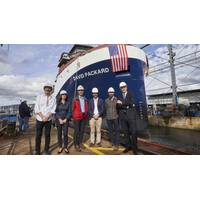
Freire Shipyard Floats MBARI's New Research Vessel
and it can reach a speed of 12 knots. The ship will have capacity for 30 people, including a crew of 12 and a science crew of 18. As the command center for the remotely operated vehicle (ROV) Doc Ricketts, the David Packard will allow researchers to continue exploring the deepest reaches of the Monterey Canyon and beyond. The new ship will also be capable of deploying a variety of autonomous underwater vehicles (AUVs), robots that can conduct visual and acoustic surveys, sample seawater, and map the seafloor.Among the special characteristics of this ship, it features advanced integrated cybersecurity
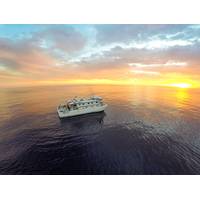
MBARI to Transfer Research Vessel to Florida Institute of Oceanography
with the Doc Ricketts—MBARI’s ROV capable of exploring to depths of 4,000 meters.After more than 500 research cruises, the Western Flyer completed its final mission earlier this month in Monterey Bay and leaves behind a rich legacy of accomplishments: from mapping the seafloor of Monterey Canyon to discovering magnificent coral gardens at Sur Ridge to identifying more than 200 new species, including a remarkable crown jelly, a harp sponge, and even a new species of bone-eating worms named in honor of the Western Flyer. During its quarter-century at MBARI, the Western Flyer traveled
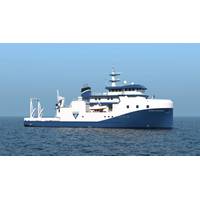
Glosten to Design, Freire Shipyard to Build MBARI's New Research Vessel
; the inky depths below 1,000 meters (about 3,300 feet) — to the abyssal plain, with MBARI’s deep-diving remotely operated vehicle (ROV) Doc Ricketts. As the command center for the ROV Doc Ricketts, the David Packard will allow researchers to continue exploring the deepest reaches of the Monterey Canyon and beyond.MBARI founder—and namesake for MBARI’s new research vessel—David Packard standing with the ROV Tiburon at the institute’s dock in Moss Landing, California, in 1994. Image: © 1994 MBARI“To safeguard Earth’s living ocean, we need to invest much
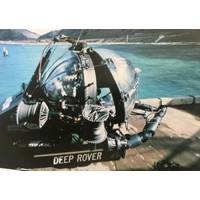
#Oi2020 History
yet sensitive enough to write or draw.” It was through funding from the Canadian Government that Deep Rover was then launched in Nova Scotia by Hawkes and his co-collaborators Sylvia Earle and Phil Newton. Later, in 1985, Deep Rover “was used for its first scientific project off Monterey Canyon, during which Hawkes set a solo dive record of 3,000 feet,” according to the Marine Technology Society. Marine Technology Reporter has been commissioned to publish the Official “Oceanology International 50th Anniversary Edition” which will distribute with the MARCH
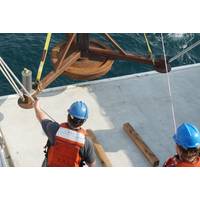
'Smart Boulders' Measure Seafloor Avalanches
.Over the course of this multi-year project -- the most ambitious attempt yet to measure these avalanches -- a total of 15 events were successfully tracked, some of which traveled for over 50 kilometers into the deep sea.More than 50 instruments were installed on and above the seabed within Monterey Canyon offshore California, including the novel smart boulders designed to travel within the avalanches and measure their speed and movement. One of these smart boulders was also attached to a heavy 800 kilogram frame that was carried several kilometers down the canyon within a slurry of sand and rock
Deep Ocean Trash Dump Located
Researchers at the Monterey Bay Aquarium Research Institute (MBARI) find that trash is not only cluttering beaches, but is accumulating deep sea, notably in the Monterey Canyon. Surprisingly large amounts of discarded trash end up in the ocean. Plastic bags, aluminum cans, and fishing debris not only clutter our beaches, but accumulate in open-ocean areas such as the 'Great Pacific Garbage Patch' reports ScienceDaily. In total, the researchers counted over 1,500 observations of deep-sea debris, at dive sites from Vancouver Island to the Gulf of California, and as far west as the Hawaiian Islands.



 February 2024
February 2024





